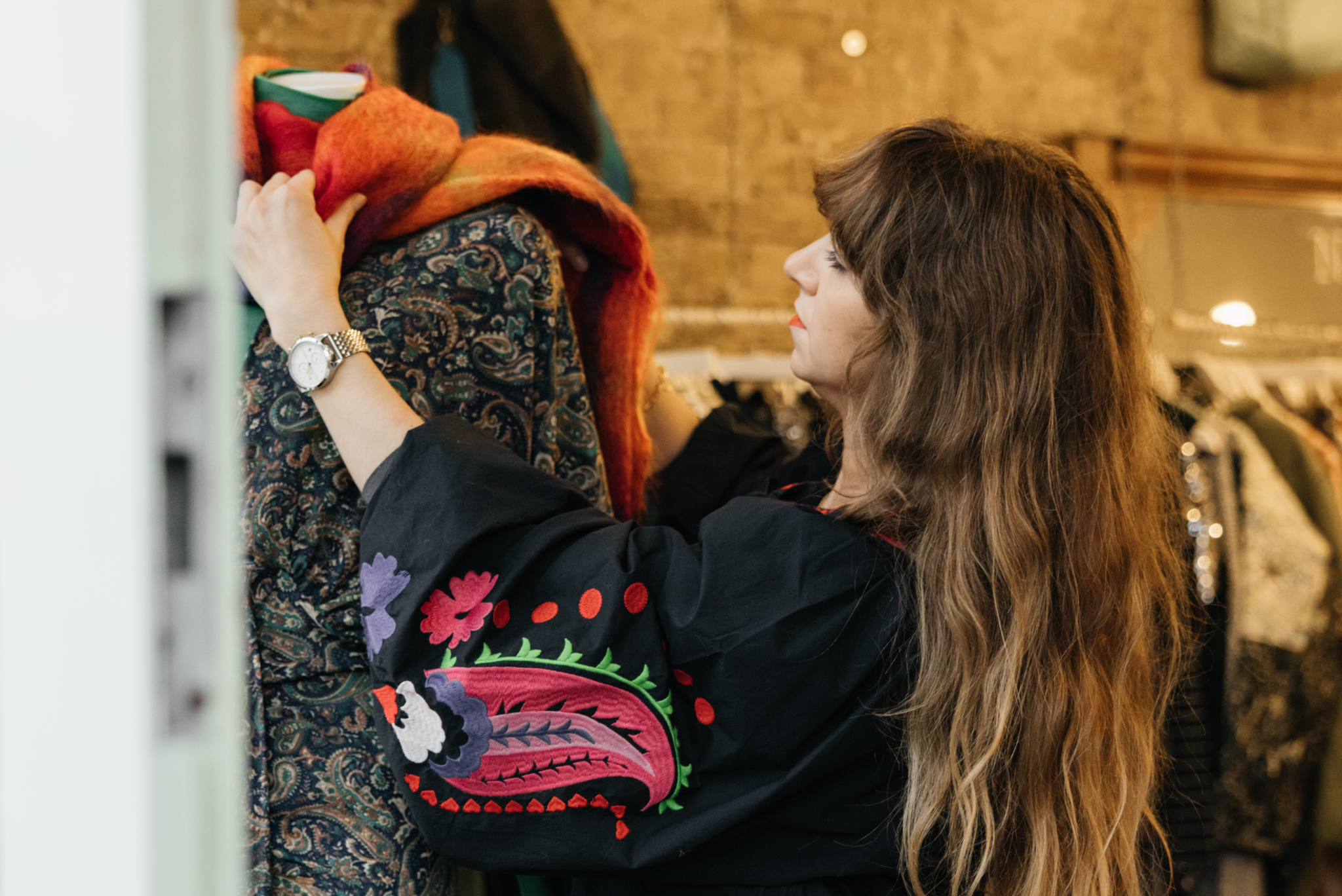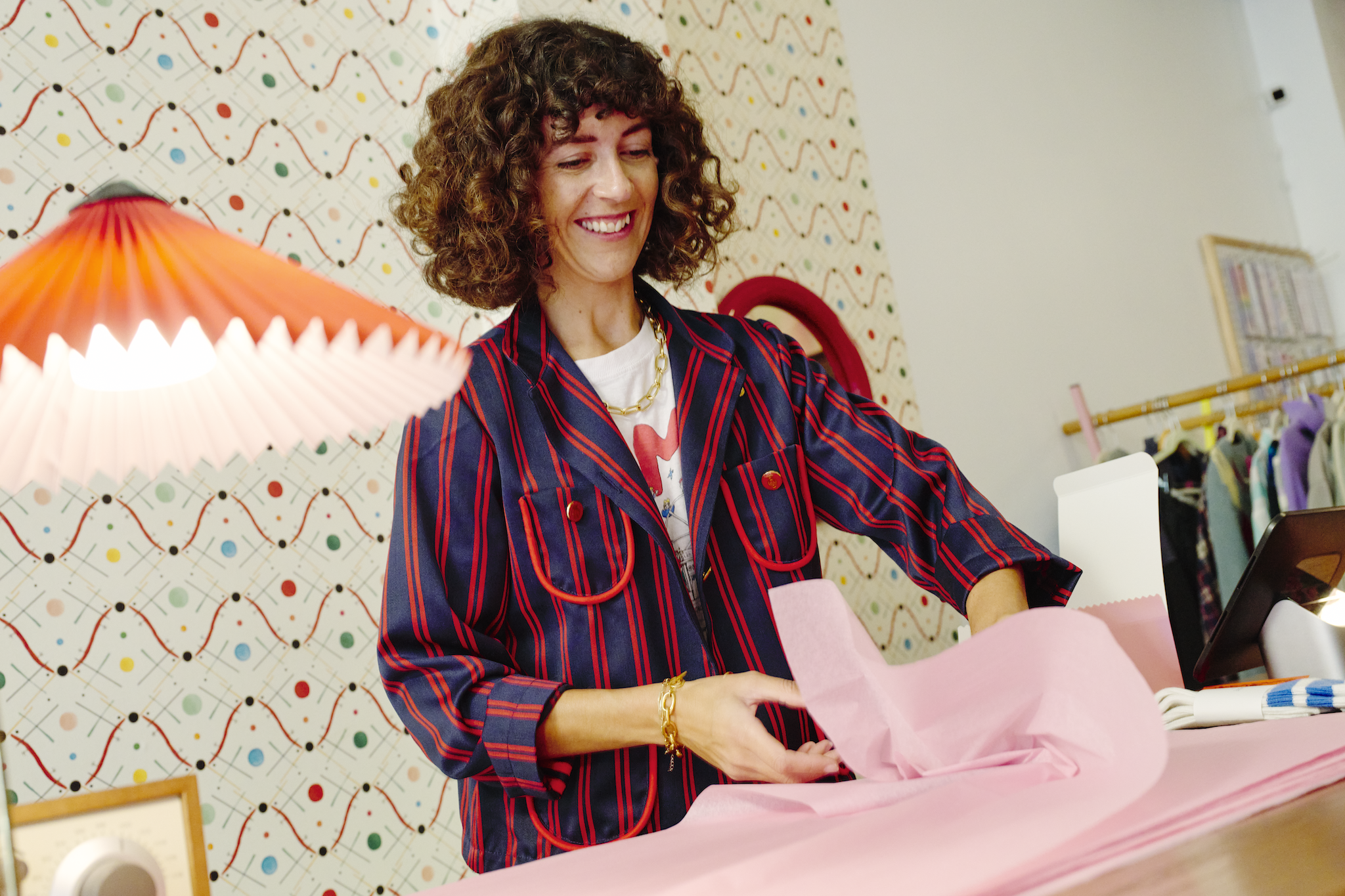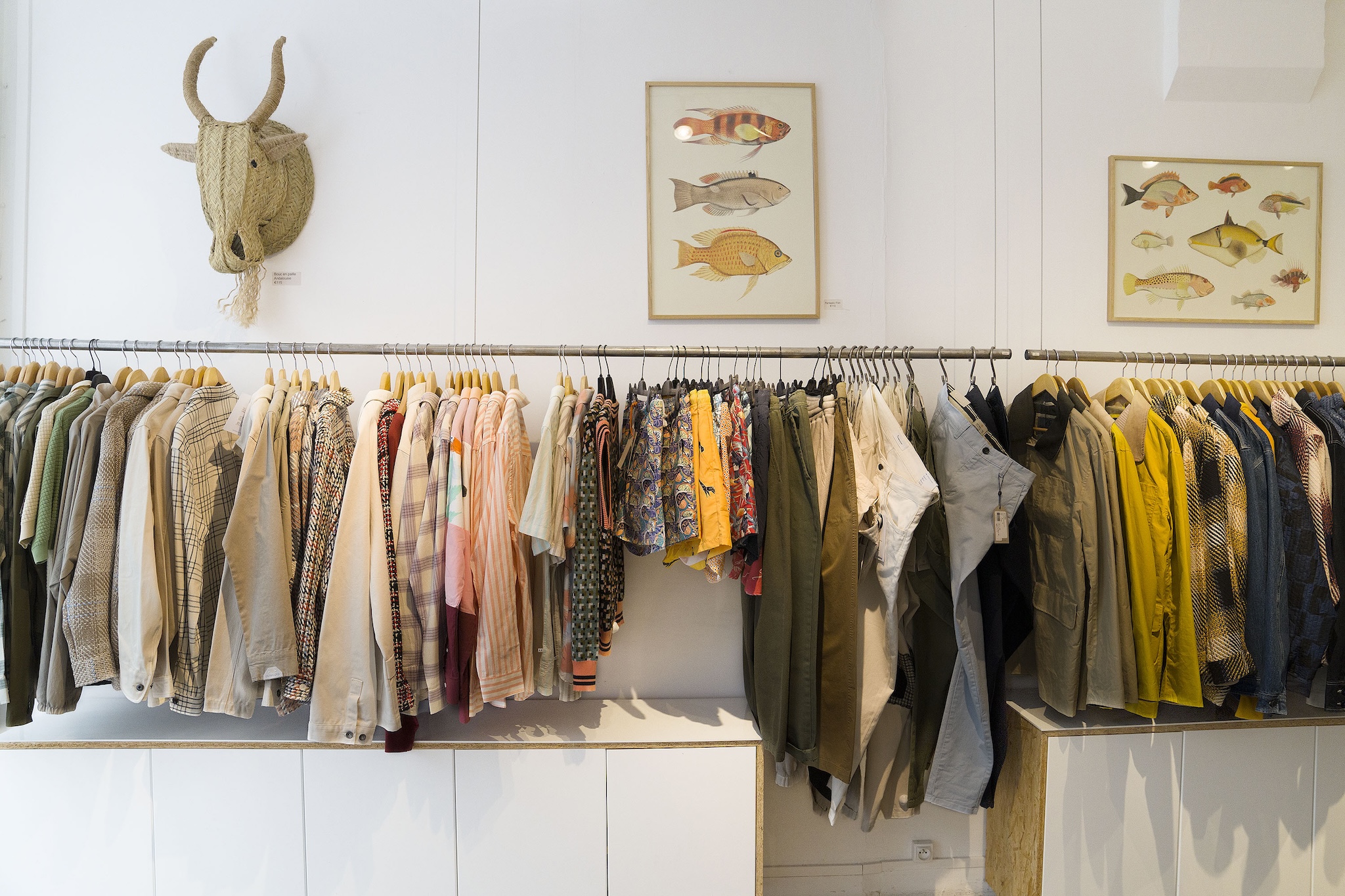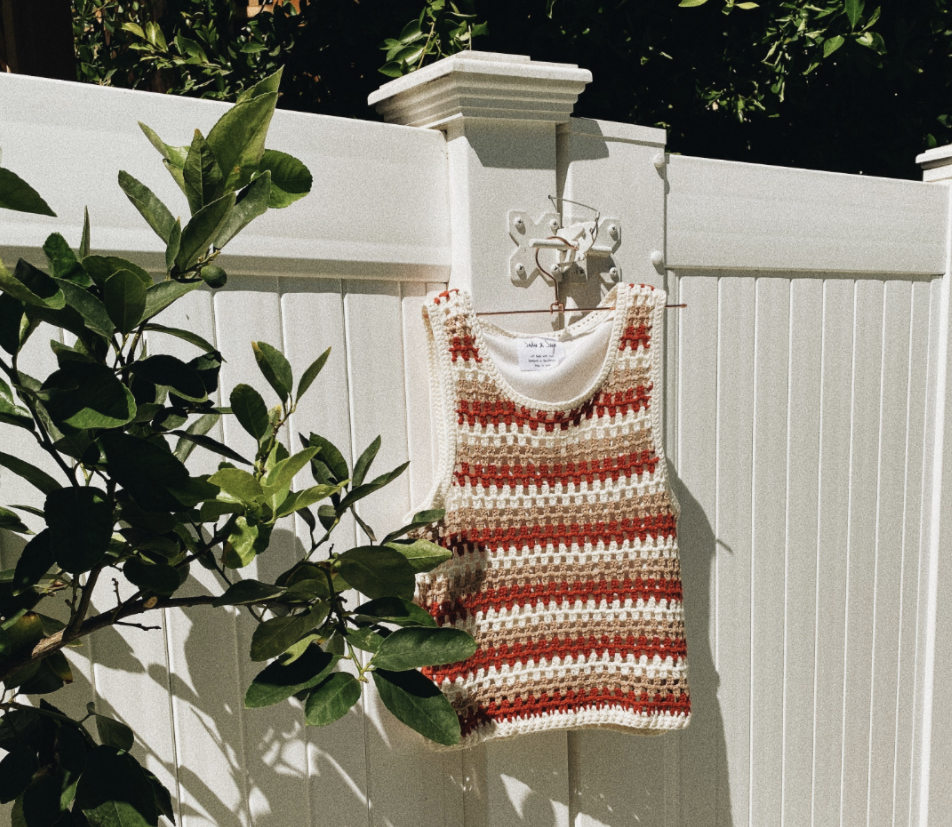

Consultant-turned-fashion designer, Sinae Kim took a leap of faith when she moved from Texas to California to switch careers and join family members in the fashion industry. Fast forward five years later, Sinae has turned Sadie & Sage into a women’s apparel brand sold in both boutiques and department stores like Bloomingdales. Inspired by the girl who embraces her individuality and feels good in her skin, Sadie & Sage focuses on playful prints, flirty dresses, and cozy knits to match an energetic and outgoing lifestyle. Each piece is designed to carry the wearer comfortably and confidently from one adventure to the next.
We spoke with Sinae about current trends in the apparel industry, as well as advice for other apparel brands navigating these challenging times.
Can you tell me a little bit about your background?
My husband and I are second-generation Korean immigrants. Our parents both moved our families to Texas to give us more opportunities. We graduated from the University of Texas together and both started our careers in consulting in Houston. I was in valuation and he was in IT. One New Years Eve we were talking about our future and decided to quit our jobs and start a business for ourselves. We picked up and moved to California to join my aunt and uncle who had been in the fashion business for over 20 years, running a mid-sized business handling designing, importing, and exporting. Three months later we launched Sadie & Sage.
That was in 2015, and in 2016 we launched [our DTC line] Sage the Label. It’s been a lot of growth since then. I always say the fashion industry is not as easy as consulting, but having a more operational background has been helpful. I’m still here today and passionate about fashion because it’s all about being a team, you can’t do it alone especially at scale. My hope is that people start to see the people behind the clothes.
What advice would you give to other apparel brands currently navigating their business amid coronavirus?
There is so much happening and so much seems to change on a daily basis. Try to simplify what’s on your agenda and prioritize the top one or two things you need to address. Dial in, get the information you need, lean on your trusted advisors and team, and don’t be afraid to move with instinct.
What consumer trends in apparel have you noticed during this period?
People are drawn to colors. They’re looking for things that are cross-functional, but also bright. I think it’s an expression of their emotions right now and wanting to have more freedom to experiment. There is also this feeling of trying to find hope through clothing with happier colors — the idea that “summer is not lost.”
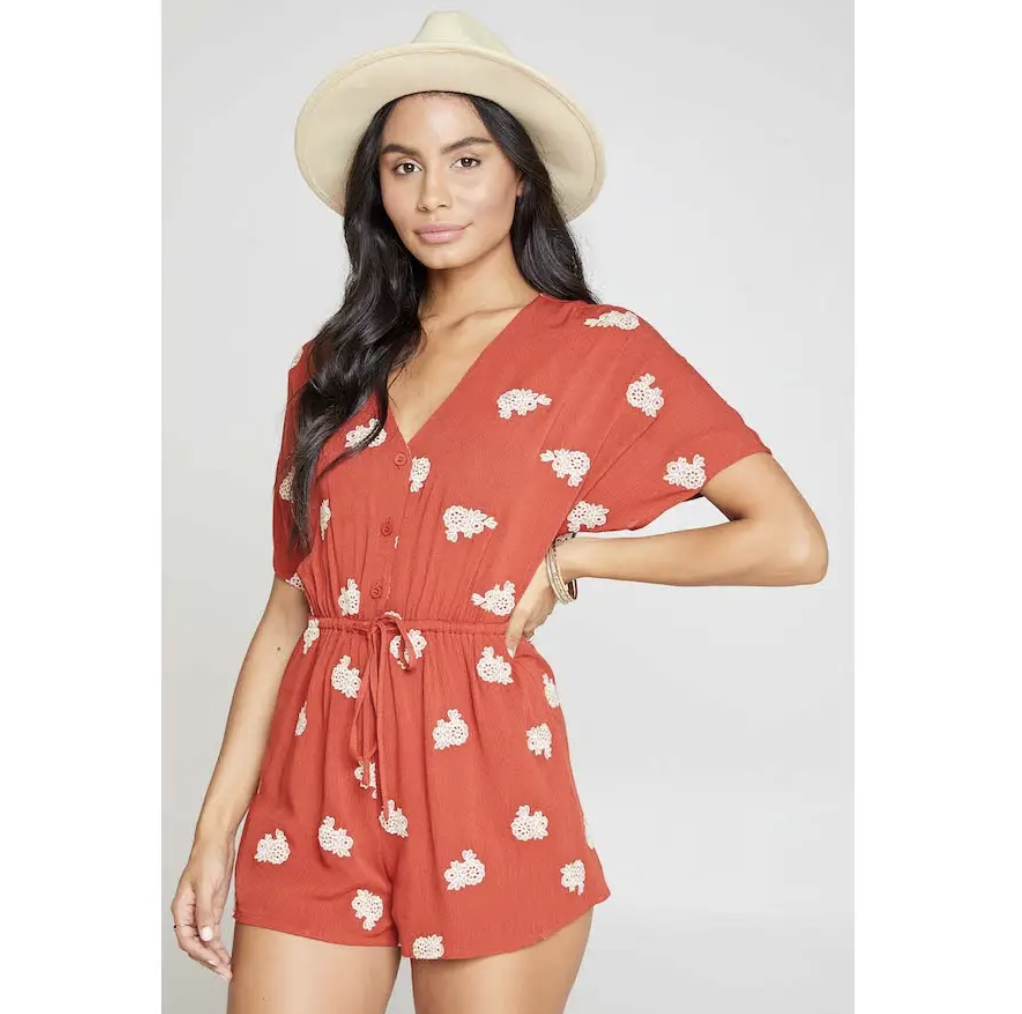
On the business side, buyers are not looking as far out to the future as usual. They are looking to buy what they can sell right now, so it’s important to stay close to current trends.
What are some of the biggest challenges of the apparel wholesale industry?
During COVID-19 specifically, the inconsistency in requirements of states and cities regarding reopening is challenging. Retailers are opening and closing, and information from the government hasn’t been super transparent. We luckily handle some of our supply chain in our own office, but it’s challenging for brands that have had to shut that down.
Outside of COVID-19, overproduction is the bane of the fashion industry. Overproducing things creates a lot of cost pressure by competing on price and volume, but it’s not based on what is needed. It’s an unsustainable race to the bottom, which is why it’s important to pay close attention to your inventory and not place blind cuts.
How can apparel brands be more thoughtful about avoiding overproduction?
Most of my mentors and people I look up to, who have weathered many seasons in the apparel industry, have taught me to pay a premium when ordering materials rather than buying more to hit a minimum order quantity. Ask if you can pay a surcharge for the quantity you actually need. Spending 5% more is better than having 20% aging inventory!
What do you think apparel brands can do to set up their buyers for success?
It might sound too simple, but it’s true — apparel brands can support their retailers by making it as easy as possible for retailers to sell their styles in their store or on their online. Things like sharing your e-commerce ready imagery, or providing detailed product information with a copy of the invoice in the box is hugely helpful to get the product ready for retail. Most shop owners are having to run their businesses without the same teams they had pre-COVID-19, so making it as easy as possible for them is going to make a difference.
That’s why I’m really excited about the new apparel product features on Faire. The closer we get to having more information at the point of conversion or transaction — pictures, even video, description and specs — will really set the buyer up for success.

